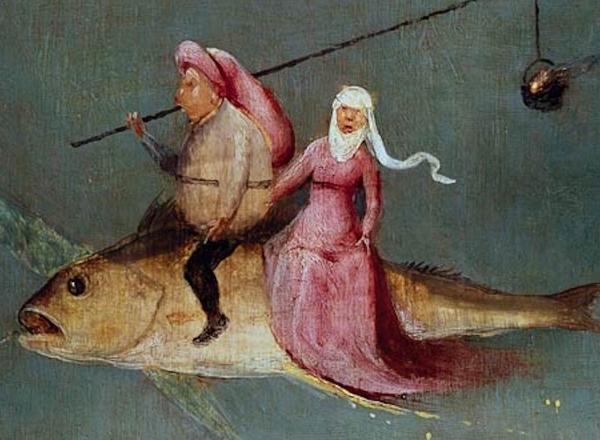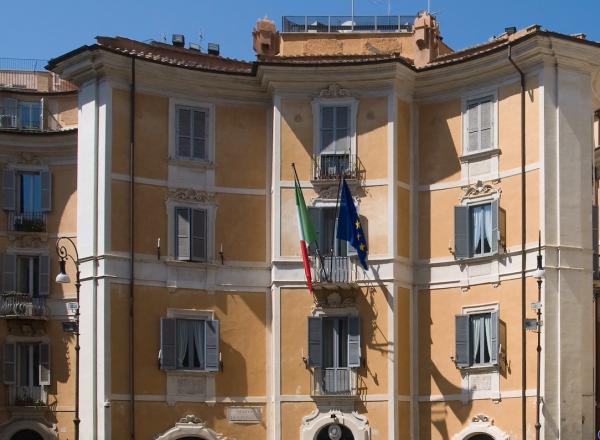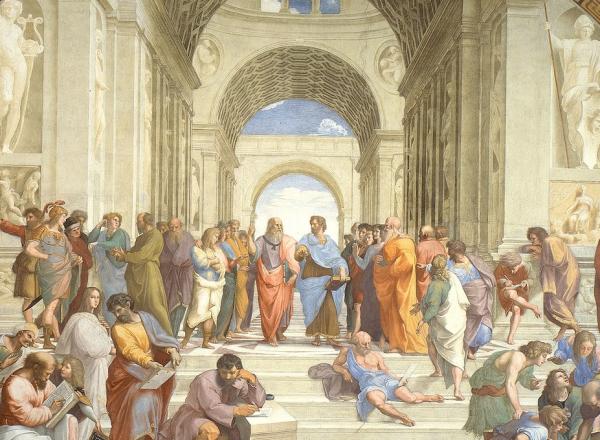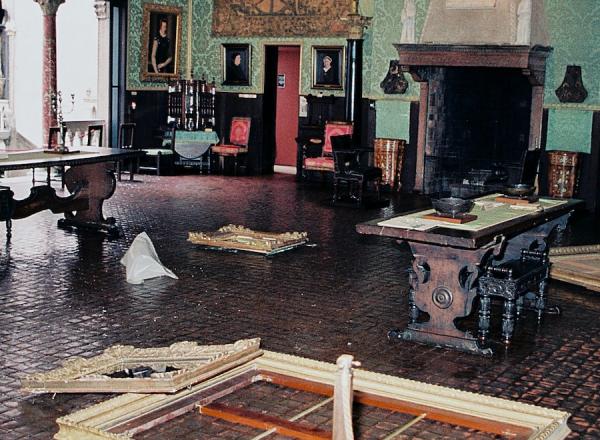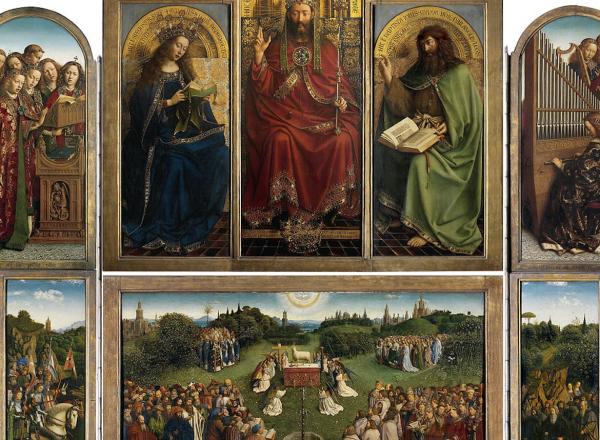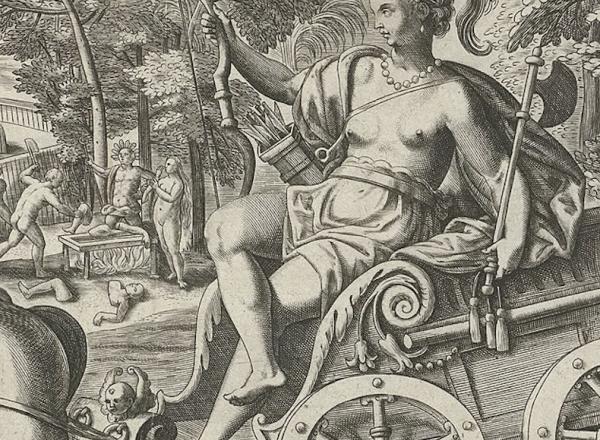The artist used traditional symbols but also created his own, referencing the Bible and Flemish folklore to create unique visual manifestations of established metaphors and puns.
Art News
Manufactured colors seem to have a knack for generating online buzz as well as confusion. Created in 2014, Vantablack has been the subject of headlines for a while and even acted as an integral piece of a 2019 BMW campaign.
The course of this global pandemic has left many feeling shattered and searching for distraction. Derived from two small Japanese words meaning golden and joining, kintsugi is fundamentally about ‘beautifully mending a broken thing.’
Mid-April, Italian authorities announced the rediscovery of a first-century Roman statue, missing for nearly a decade. Two off-duty art policemen spotted the artwork while perusing a Belgian antique shop in the Sablon neighborhood.
Though he died quite young, Raphael's career included a rivalry with Michelangelo, educational encounters with Leonardo da Vinci, and a lengthy stint at the Vatican.
Global sensation, Van Gogh: The Immersive Experience, is now showing to the public at AREA15, a dynamic, new art, events, and entertainment district located minutes from the Las Vegas Strip.
Today, Netflix globally releases This Is a Robbery: The World’s Biggest Art Heist, a four-part series that delves into the unsolved robbery of Boston’s Isabella Stewart Gardner Museum and the mysteries that continue to loom large over the case, more than thirty years later.
Created by Early Flemish painters and brothers Hubert and Jan van Eyck, the 589-year-old piece has an incredible history. It’s survived fires, more than a dozen thefts, botched cleanings, a stint in Austrian salt mines, disassembly, sale, and iconoclasm.
The allegorical manifestation of "the four continents" is a visual staple of Western art from the colonial period and the eighteenth-century in particular. Used to uphold the idea of European superiority and justify colonialism itself, the iconography associated with each continent is deeply rooted in racism.
Bartolo—known better as Morgante—was the sharp and quick-witted “buffoon” of Cosimo I’s court (1537 to 1569). In 1555, Cosimo I granted Morgante a ducal privilege in which he is defined as “our most beloved servant.”




